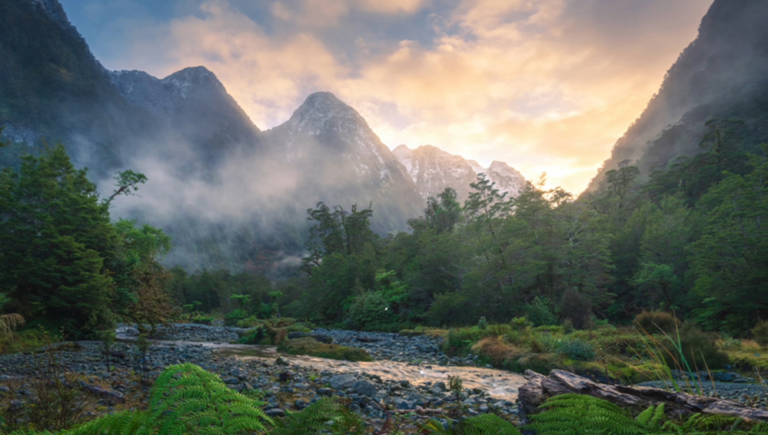Landscape photography demands precision, especially when it comes to focus. Getting the entire frame sharp, from the foreground to the background, depends on knowing where to place your focus and how to adjust for your scene.
Coming to you from William Patino, this practical video explains how to identify the best focal point for a landscape scene. Using a variety of example images, Patino breaks down how factors like depth of field, focal length, and proximity to the subject impact your choices. For a classic wide angle landscape, he emphasizes focusing on the midground. By balancing foreground and background sharpness, you avoid overcomplicating your setup while still achieving clarity throughout the frame.
Patino discusses scenarios where foreground elements dominate. He highlights the importance of using a narrow aperture—anywhere from f/8 to f/16—depending on how close you are to the nearest subject. If the foreground remains soft despite narrowing the aperture, focus stacking may be necessary. In these cases, Patino demonstrates how to take multiple shots at different focus points and blend them for sharpness throughout the image.
Throughout the video, Patino emphasizes not overthinking focus choices. Instead of getting bogged down in hyperfocal distances or theoretical calculations, he suggests analyzing your frame and testing different settings. Shooting, reviewing, and adjusting is the simplest way to determine what works best. Check out the video above for the full rundown from Patino.
And if you really want to dive into landscape photography, check out our latest tutorial, “Photographing the World: Japan II – Discovering Hidden Gems with Elia Locardi!”
